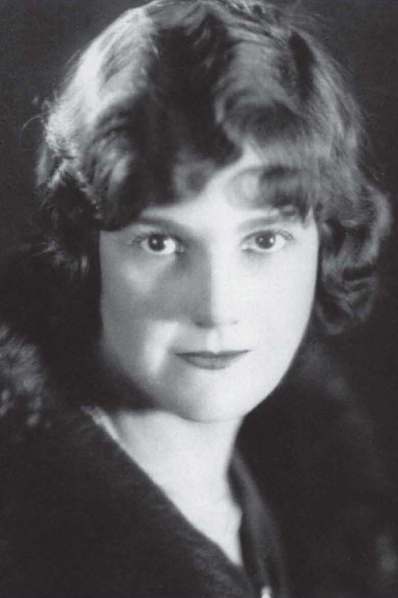It was the Roaring Twenties, and the entire country was so crazy over the new contract bridge that it seemed inevitable that it would one day be the motivation for a crime of passion.
It happened in Kansas City on September 29, 1929. Myrtle Bennett and her husband John, a prosperous, 36-year-old perfume salesman, were hosting their neighbors for an evening of rubber bridge in their upscale apartment. The stakes were low (1/10 of a cent per point) and the Bennetts bickered the entire evening.
Shortly after midnight, this fateful -- and fatal -- hand was dealt:
|
|
|
Myrtle Bennett |
|
|
|
|
♠A1063 |
|
||
|
|
♥1085 |
|
||
|
Charles Hofman |
♦4 |
Mayme Hofman |
||
|
♠Q72 |
♣A9842 |
♠4 |
||
|
♥AJ3 |
|
♥Q94 |
||
|
♦AQ1092 |
John Bennett |
♦KJ763 |
||
|
♣J6 |
♠KJ985 |
♣Q753 |
||
|
|
♥K762 |
|
||
|
|
♦85 |
|
||
|
|
♣K10 |
|
John, sitting South, overbid by opening 1S with his aceless, 10-point hand. Charles overcalled 2D and Myrtle, North, jumped to 4S, which ended the auction.
John could have made his contract, but he played it as poorly as he had bid it and went down two tricks.
Myrtle was livid that she had put down such a fine dummy, only to see her husband mangle the play. She called him a “bum bridge player” and an altercation ensued. John slapped her and announced that he was leaving town.
While John was hurriedly packing a suitcase, Myrtle ran to the bedroom to get his loaded Colt .32 automatic and chased him through the apartment. She fired four shots, fatally wounding him with the last two. John’s last words were, “She got me.”
Myrtle was charged with first-degree murder and the crime became national news. At the 1931 trial, her defense was that her husband was unfaithful and emotionally abusive, and that she fired the gun in self-defense and/or accidentally during the struggle.
The public, however, was more interested in the bridge hand. Newspapers called on bridge experts to analyze the deal -- or what the survivors remembered of it, since the cards had flown off the table during the incident. The experts concluded that Bennett should not have opened such a poor hand and had made a serious error in the play by failing to set up dummy’s club suit for extra winners. They said his “fatal mistake” was not planning his strategy before playing the cards.
The legend is that the jury deemed John’s play so poor that they acquitted Myrtle on grounds of justifiable homicide. The truth is that Myrtle was indeed acquitted, but the ruling was accidental discharge of a firearm. The jury ignored the evidence that the pistol had been fired four times in three different rooms, including two shots through the bathroom door.
After the trial, Myrtle collected $30,000 on John’s life-insurance policy. She lived another 61 years to age 96 and left her million-dollar estate to John’s relatives.
Alexander Woollcott told this story about Myrtle’s post-trial years in his 1934 essay collection While Rome Burns:
Myrtle Bennett has not allowed her bridge to grow rusty, even though she occasionally encounters an explicable difficulty in finding a partner.
Recently, she took on one unacquainted with her history. Having made an impulsive bid, he put his hand down with some diffidence,
“Partner,” he said, “I’m afraid you’ll want to shoot me for this.”
Mrs. Bennett, says my informant, had the good taste to faint.

